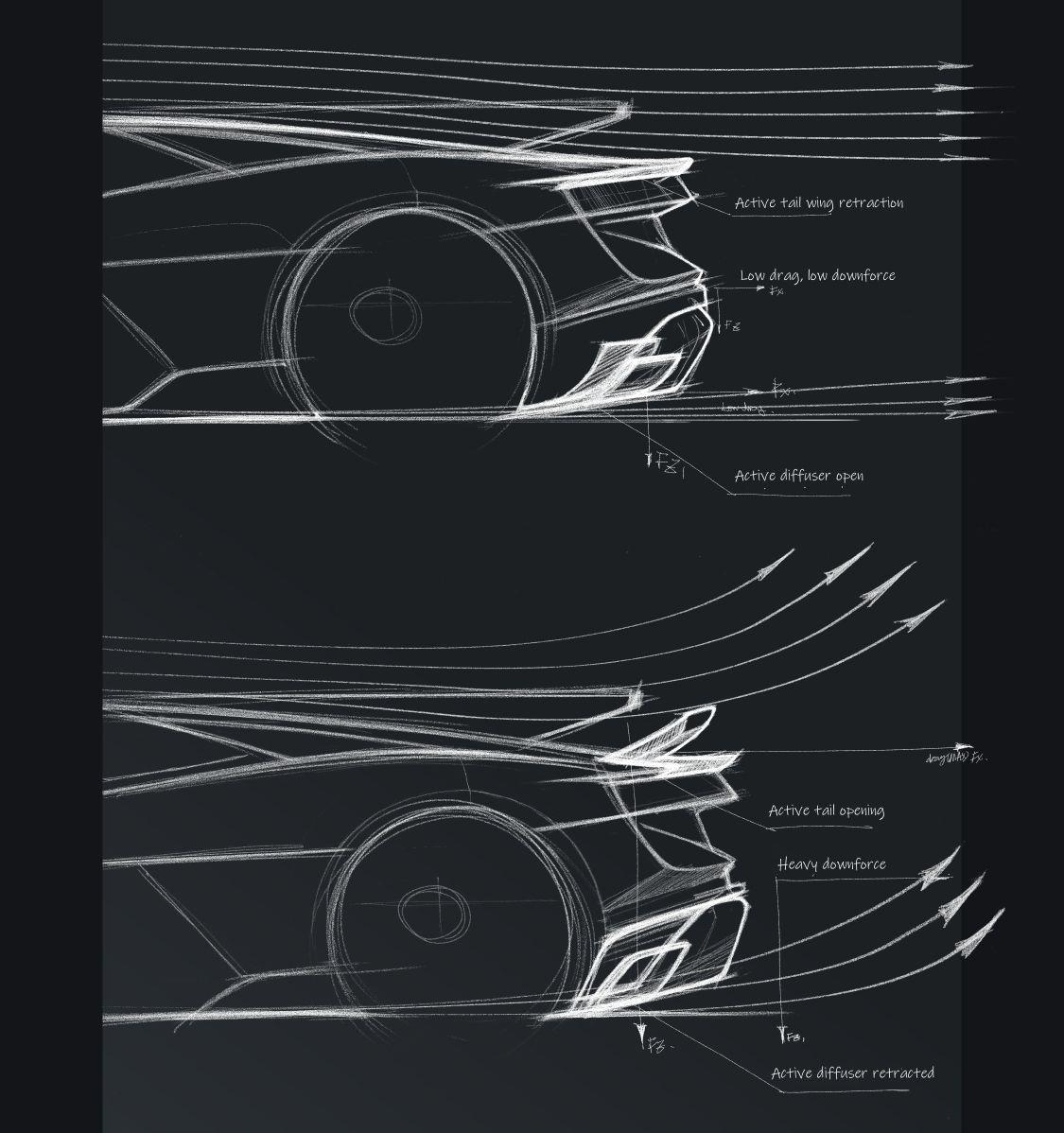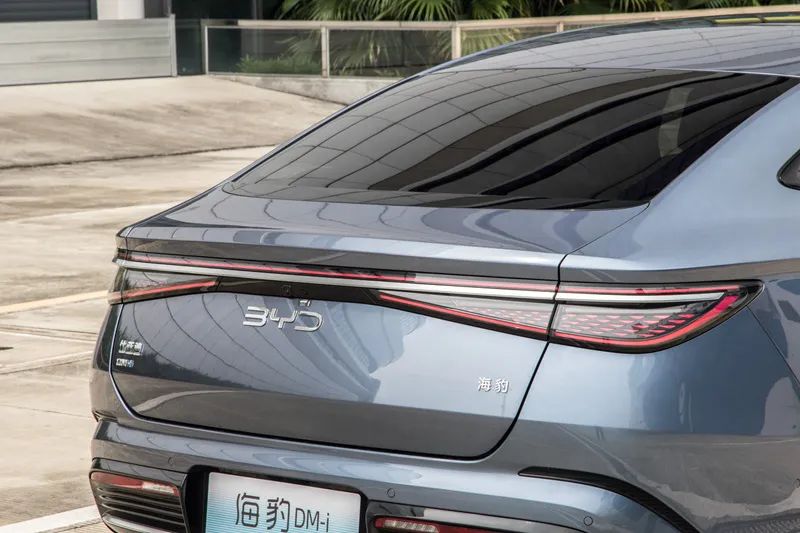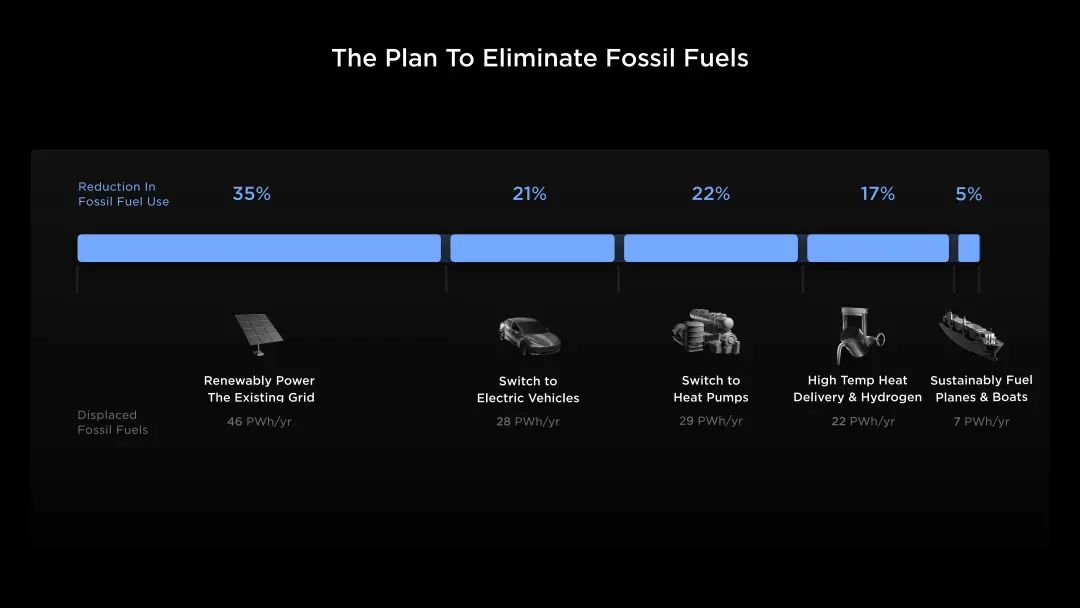YangWangU9 Externally practice muscles, bones and skin, internally practice one breath

Unprecedented products will surely bring disruptive user experience. YangWangU9 has successfully broken through with its highly recognizable and impactful appearance. At the same time, we should not forget the cultivation and breakthrough of inner skills. Aerodynamic design is a comprehensive test of wind resistance, downforce and thermal management. It never gives up or makes concessions, but seeks the optimal solution of the three. With its sophisticated design, YangWang U9 not only perfectly balances wind resistance and downforce, but also demonstrates excellent thermal management capabilities, leading supercars to officially enter the pure electric era.
Part 1: Travel Aesthetics, High-profile Interpretation

Pure energy art is the design concept of the YangWang brand, and we have fully demonstrated it on YangWangU9.
The smooth line design of the entire vehicle, combined with a space shuttle-style body layout, takes into account the aesthetic design of a pioneering supercar while ensuring that the airflow is close to the vehicle body and passes smoothly. Perfectly balancing form and performance, showing unparalleled speed and tension.

The highly recognizable front face shape and unique air duct design outline the muscular lines of YangWang U9, embodying the ultimate performance aesthetics of a super sports car and attracting attention even from a hundred meters away.
Part 2: Calm and relaxed, moving ahead all the way
The carefully designed air duct layout allows us to control the air more scientifically, making the flowing air more obedient at high speeds and making driving more comfortable and comfortable.

The large air intake grille at the front captures a large amount of air for use by the thermal management system. The cooling module is arranged in a backward tilt, and the effective heat exchange area is increased by 25% to achieve effective heat dissipation and cooling. Stable and continuous power output, no fear of racing on the track.

The triangular window air inlets on the side of the car body absorb a large amount of air when driving and guide it to the rear cooling module, which is paired with an internal cooling fan to effectively enhance the airflow cooling effect. At the same time, the air is discharged from the lower part of the rear bumper, impacting the vortex at the rear of the car and reducing the drag force of the airflow. During high-intensity driving on the track, it ensures that the supercar can unleash its best performance.

The swing arm air ducts on the inside of the front and rear wheels guide the air flow direction, increase the air flow directed to the brake disc, quickly physically cool down the brakes, and still control sudden acceleration and deceleration.

The air duct behind the door combs the airflow outside the rear wheel to form a low-pressure area outside the wheel, sucking out the heat inside the wheel. The brake disc cooling air volume is increased by 3 times, which greatly reduces the temperature inside the wheel and improves the performance limit.
Part 3: Corners, Overtaking
The clever balance of strong downforce and low wind resistance brings stability and driving pleasure beyond traditional supercars.

The ring-shaped wind block design separates the frontal airflow and bypasses the wheels, effectively reducing wind resistance. At the same time, the air is guided to form a low-pressure zone inside, providing downforce for the front axle, adding more confidence when riding on the track.

The 4-speed adjustable electric rear wing, combined with an active diffuser, can provide up to 200kg of downforce. By adjusting the angle of the active rear wing and the opening and closing of the active diffuser, it can switch between the best downforce and the lowest wind resistance in a timely manner, and can retract and expand freely to meet the needs of different driving conditions.

A large carbon fiber swan-neck rear wing can be optionally matched to accurately match the airflow direction on the roof to improve aerodynamic efficiency and can provide up to 280kg of downforce. It can effectively improve the stability of the vehicle under extreme speed conditions, making cornering more stable and exiting corners faster.

The above is the full content of YangWangU9 Externally practice muscles, bones and skin, internally practice one breath









